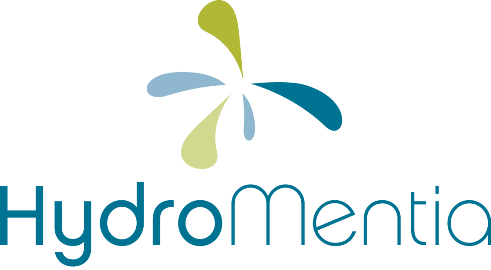Reducing Nutrient Pollutants with Managed Aquatic Plant Systems
September 1, 2004The responsibility of restoring and preserving Florida’s waters has become a top priority for water managers and planners throughout the state. The Florida Forever Act (FFA), Comprehensive Everglades Restoration Plan (CERP), and Total Maximum Daily Loads (TMDLs) among other programs were developed to establish water quality goals for impaired surface water bodies.
These programs require officials to seek and find the most reliable, cost-effective methods for attaining these goals by reducing nutrient pollutants from wastewater runoff.
For engineers and environmental professionals, this presents an opportunity to develop new and exciting technologies for solving water management issues in our state.
One such innovation is the Managed Aquatic Plant Systems (MAPS). These systems take full advantage of biological nutrient removal efficiency of cultivated aquatic plants. Two MAPS systems presently in use are the Water Hyacinth Scrubber (WHS™) and Algal Turf Scrubber (ATS™) processes, which won the leadership award from the Council for Sustainable Florida in 2001.
It has long been recognized that natural systems have a remarkable ability to modulate the stresses of human pollution. By combining biological capabilities with engineering advancements, MAPS maximizes biological efficiency through planned management of flow and biotic production.
WHAT IS THE MAPS WHS™
Water hyacinth has been shown as a useful plant in the reduction of water nutrients from agricultural lands. The MAPS WHS involves cultivation of this floating aquatic plant in order to maximize productivity—thereby optimizing nutrient removal.
Over three decades of research involving water hyacinth has shown that it can double its biomass in about 28 days under optimal conditions, which has led to rapid proliferation in natural systems.
However, with respect to nutrient removal in controlled MAPS, this high productivity is advantageous. And, at 15-20% crude protein, it can readily be processed into a number of valuable end products.
Studies conducted by the Florida Department of Agriculture and Consumer Services (DACS) and the University of Florida have shown that water hyacinth can be harvested to produce a high protein livestock feed or as compost material. In fact, in a current project, Mac Arthur dairy is using these plants as a feed supplement at its Okeechobee dairy farm.
WHAT IS MAPS ATS™
Recently, ATS™ has been applied in the Okeechobee watershed as a stand-alone phosphorus load reduction tool. This facility is jointly funded through a public- private partnership of HydroMentia, the South Florida Water Management District, the Florida Department of Environmental Protection, and the Florida Department of Agriculture and Consumer Services.
Results show that greater than 1,000 pounds of phosphorus can be removed per acre on an annual basis, based on regional surface water phosphorus concentrations of 85 to 300 parts per billion. However, phosphorus isn’t the only nutrient effectively managed by this system; nitrogen reduction has also been significant, often resulting in total nitrogen concentrations below 1.50 mg/l.
A commonly accepted method for regional stormwater treatment is constructed wetlands, where nitrogen and phosphorus are contained within the system by becoming biologically or chemically bound to substrate and are deposited as stores within the system’s sediments. Because biomass in MAPS is harvested, the system is actually a nutrient removal technology, allowing Removal From Site (RFS), providing an increased level of sustainability, which has become an area of concern with passive constructed wetlands.
While the use of aquatic plants for removal of water pollutants is not a new technology, the application of systems specifically designed for management of these plants to ensure sustainability represents a critical refinement. It is likely that no one technology holds the answer to Florida’s water quality issues; in fact a more realistic approach is perhaps the use of a suite of technologies. However one thing is certain: as Florida continues to grow, the need to implement innovative solutions for water treatment is essential for the preservation of our most important resource.
About MAPS: ATS™ was originally developed by Dr. Walter Adey, Director of Marine Laboratories at the Smithsonian Institute as an effective nutrient control technology. As with the WHS™, biomass is routinely harvested to optimize nutrient removal. For information, contact Mark Zivojnovich at 352-237-6145 or go online at www.hydromentia.com.


Comments are closed here.